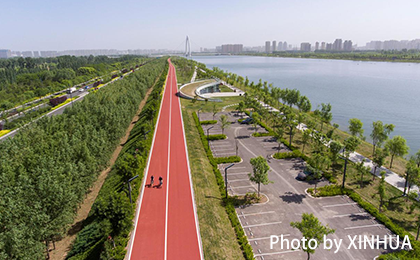


It is a useful approach to design the pedestrian environment using the ‘Five C’ principles:
· Connections:
Do good pedestrian routes connect the places where people want to go?
· Convenience
Are routes direct, and are crossings easy to use? Do pedestrians have to wait more than 10 seconds to cross roads?
· Convivial we
Are routes attractive, well-lit and safe, and is there variety along the street?
· Comfortable
What is the quality and width of the footway, and what obstructions are there?
· Conspicuousness
How easy is it to find and follow a route? Are there surface treatments and signs to guide pedestrians?
A safe, attractive and well cared for public realm will encourage people to walk. The key considerations are:
· People prefer to walk along streets where they can be seen by drivers, residents and other pedestrians;
· If segregated footpaths are provided, they need to be well-connected and overlooked by houses and other buildings;
· All measures that slow traffic help pedestrians feel safer. At junctions, the use of raised surfaces and tight radii make it easier for pedestrians to cross;
· Well-designed shared surfaces avoid conflicts of movement yet encourage other activities to take place. To achieve this, subtle variations of material or bold changes of detail are appropriate, depending upon the location;
· Footpaths should lead where people want to go, rather than follow a preconceived geometry;
· Footpaths in new developments should be positive, direct and barrier-free
原文:
<https://webapps.stoke.gov.uk/uploadedfiles/Urban%20design%20Compendium%201.pdf> (P71~72)
Edited by Cheng Tian